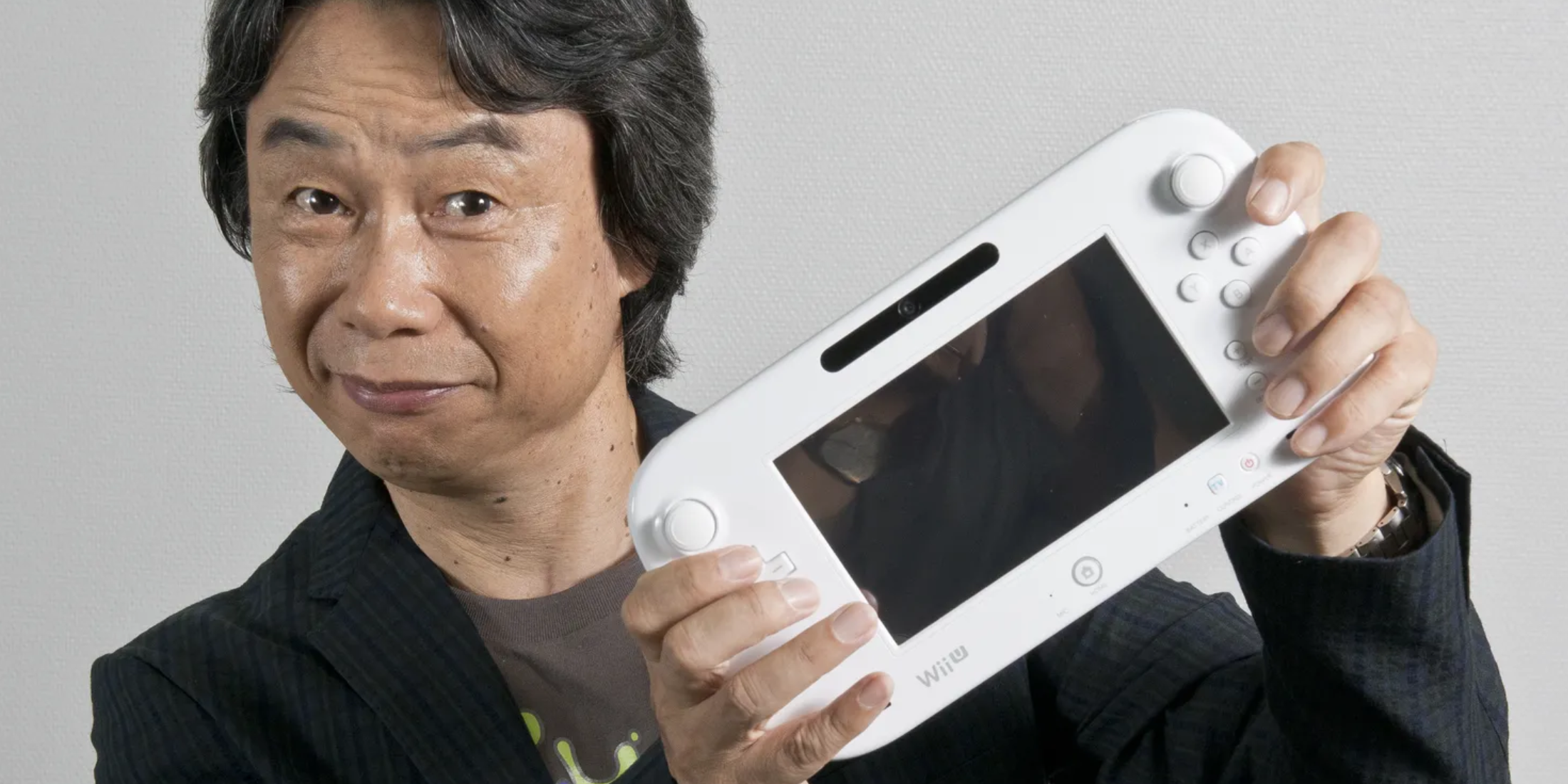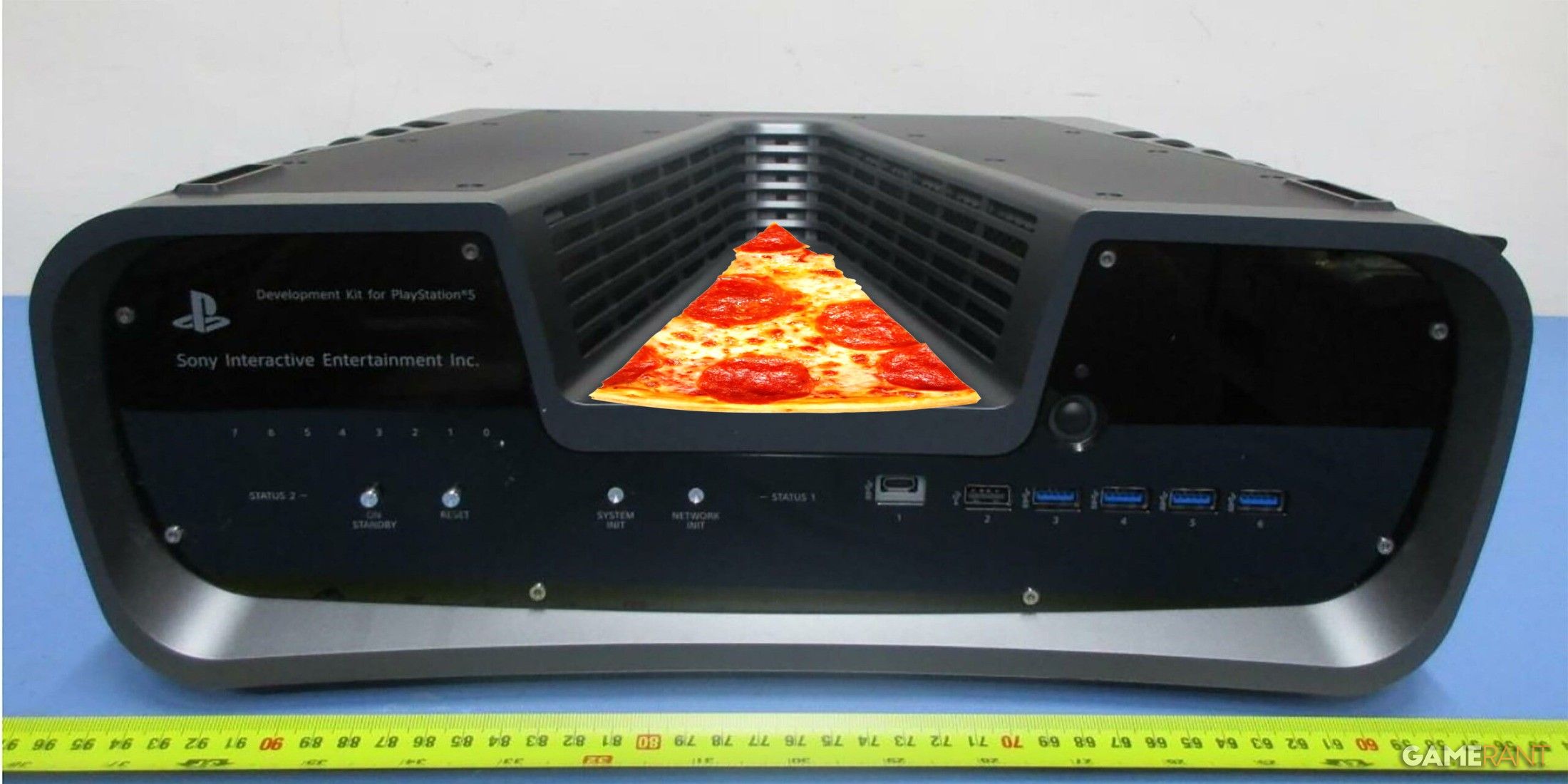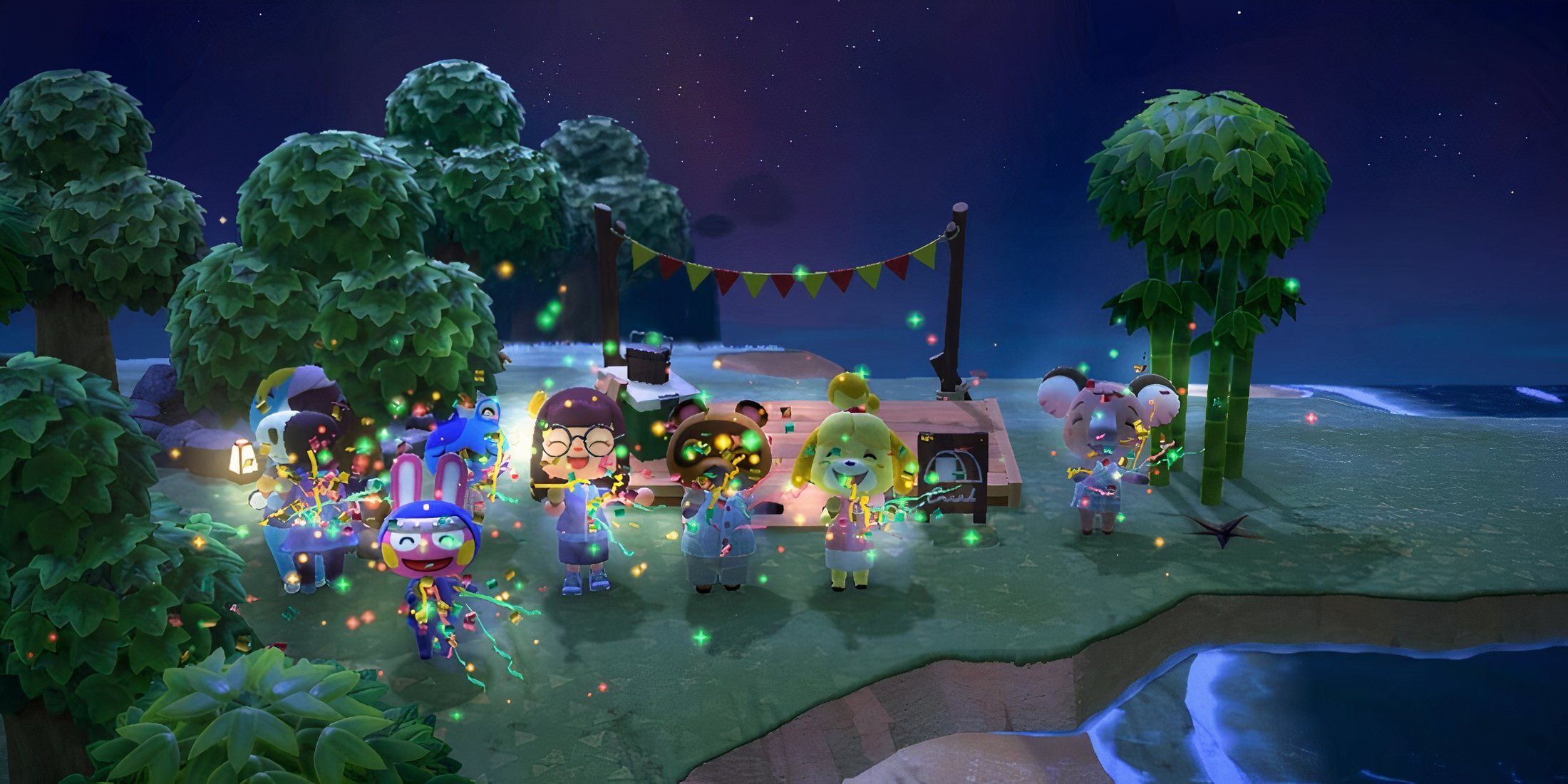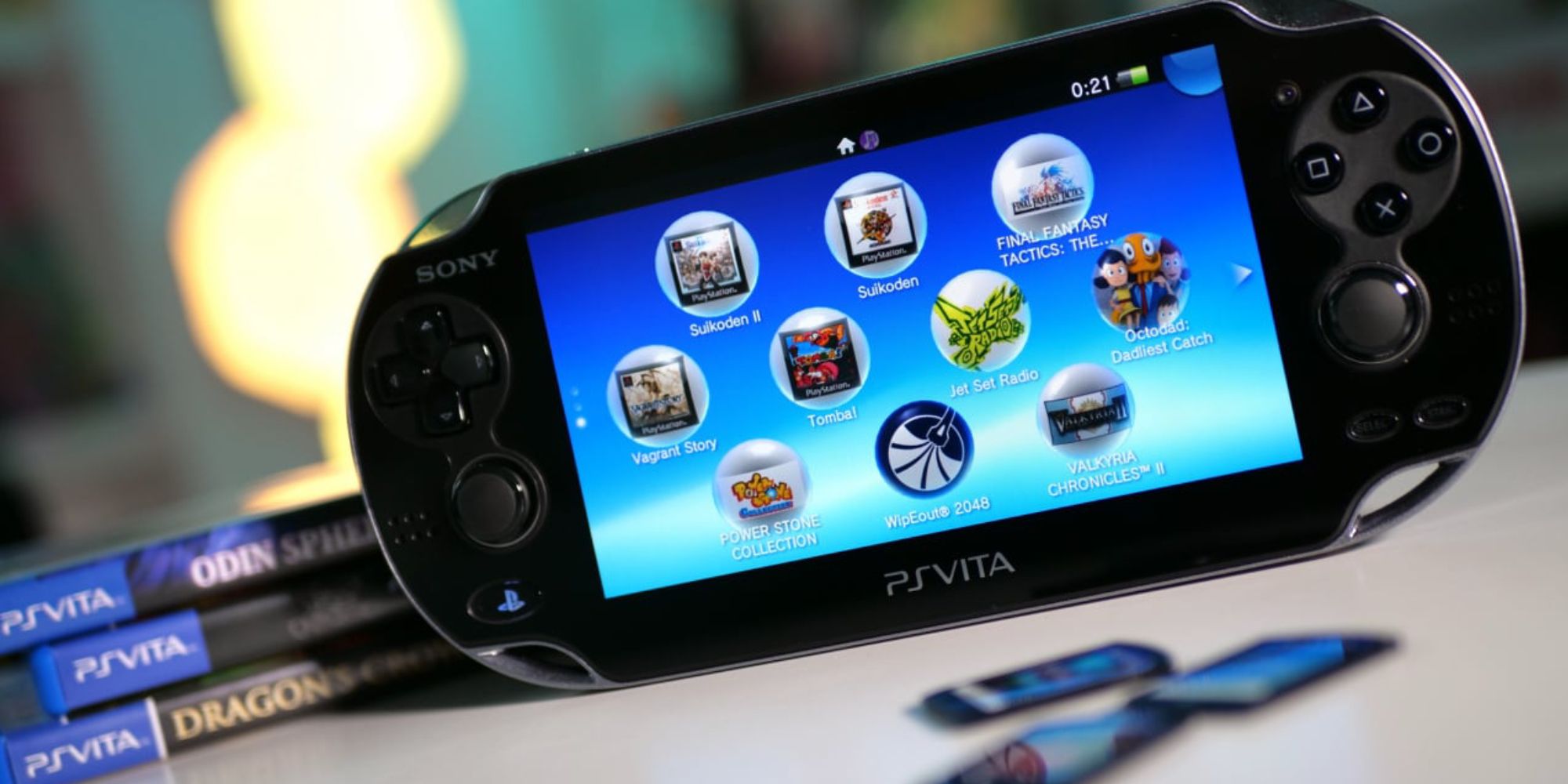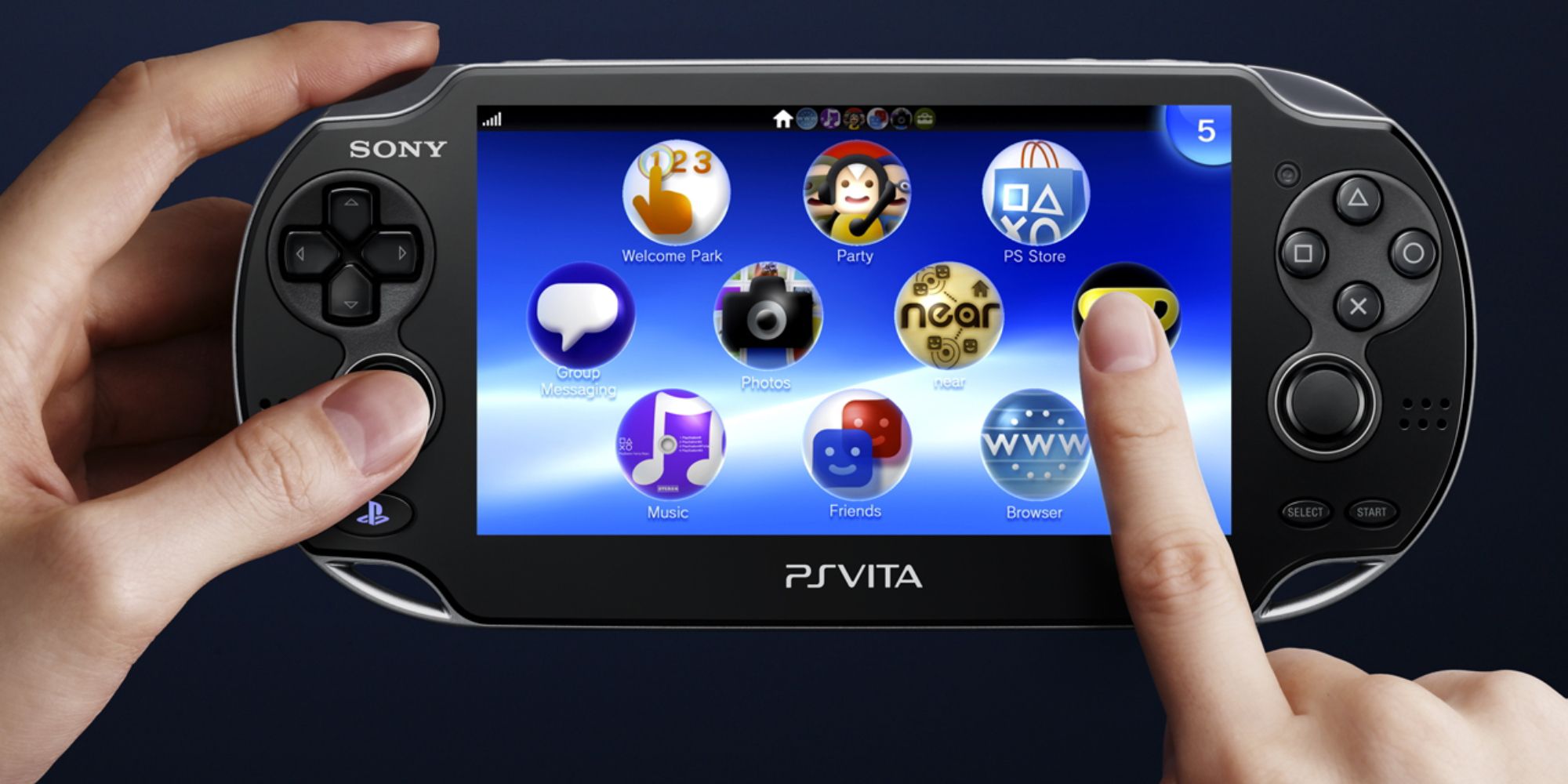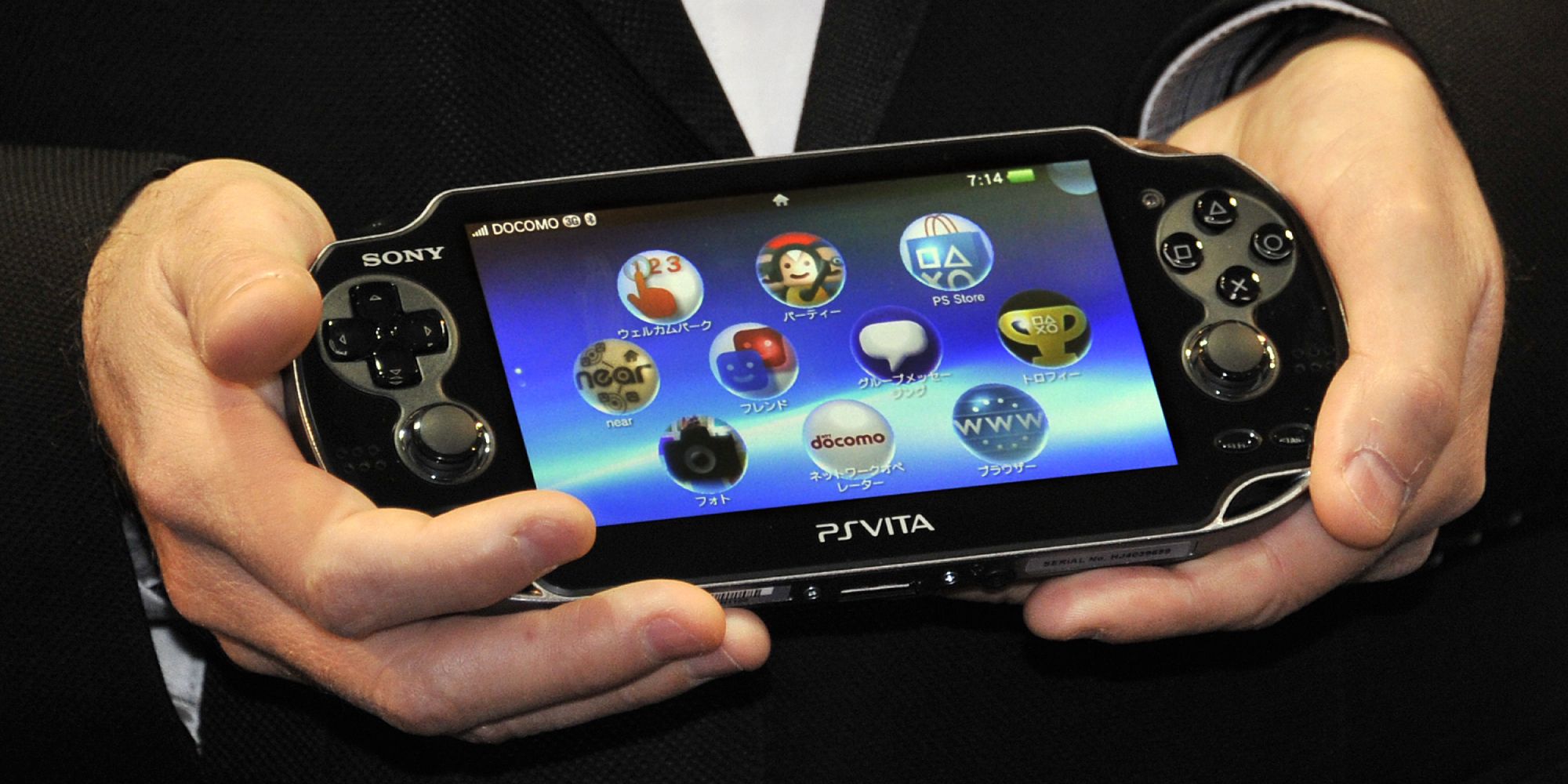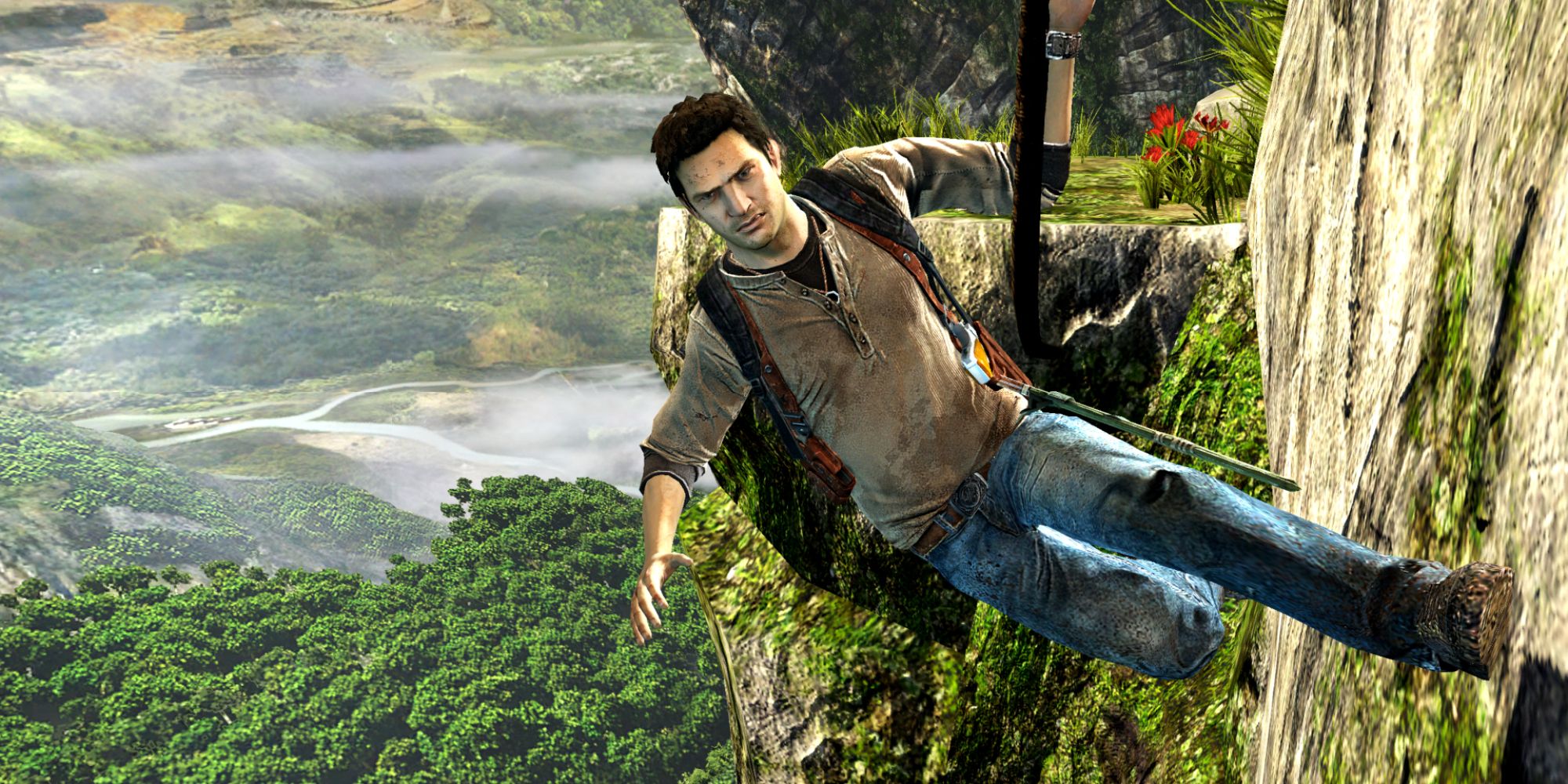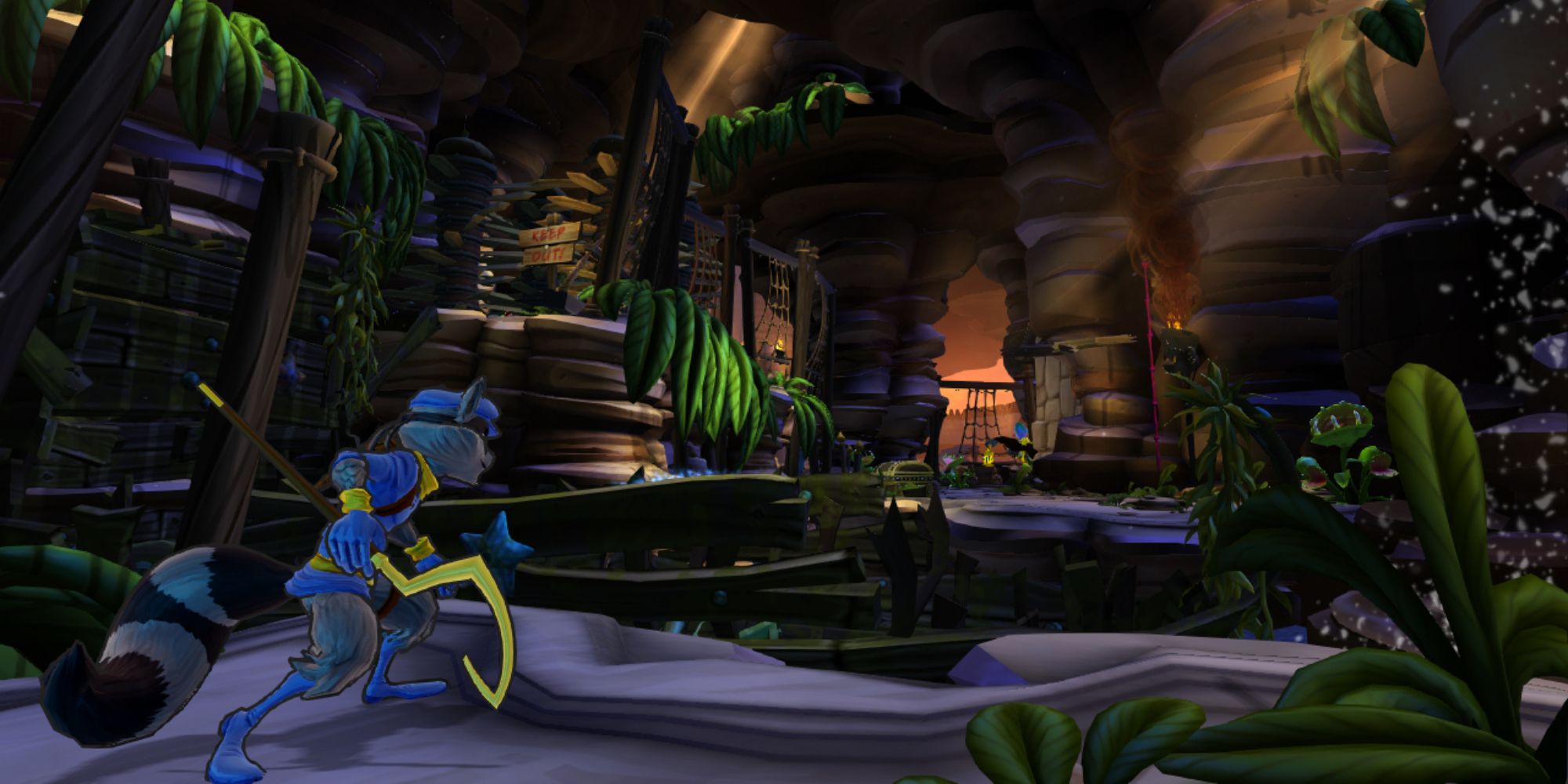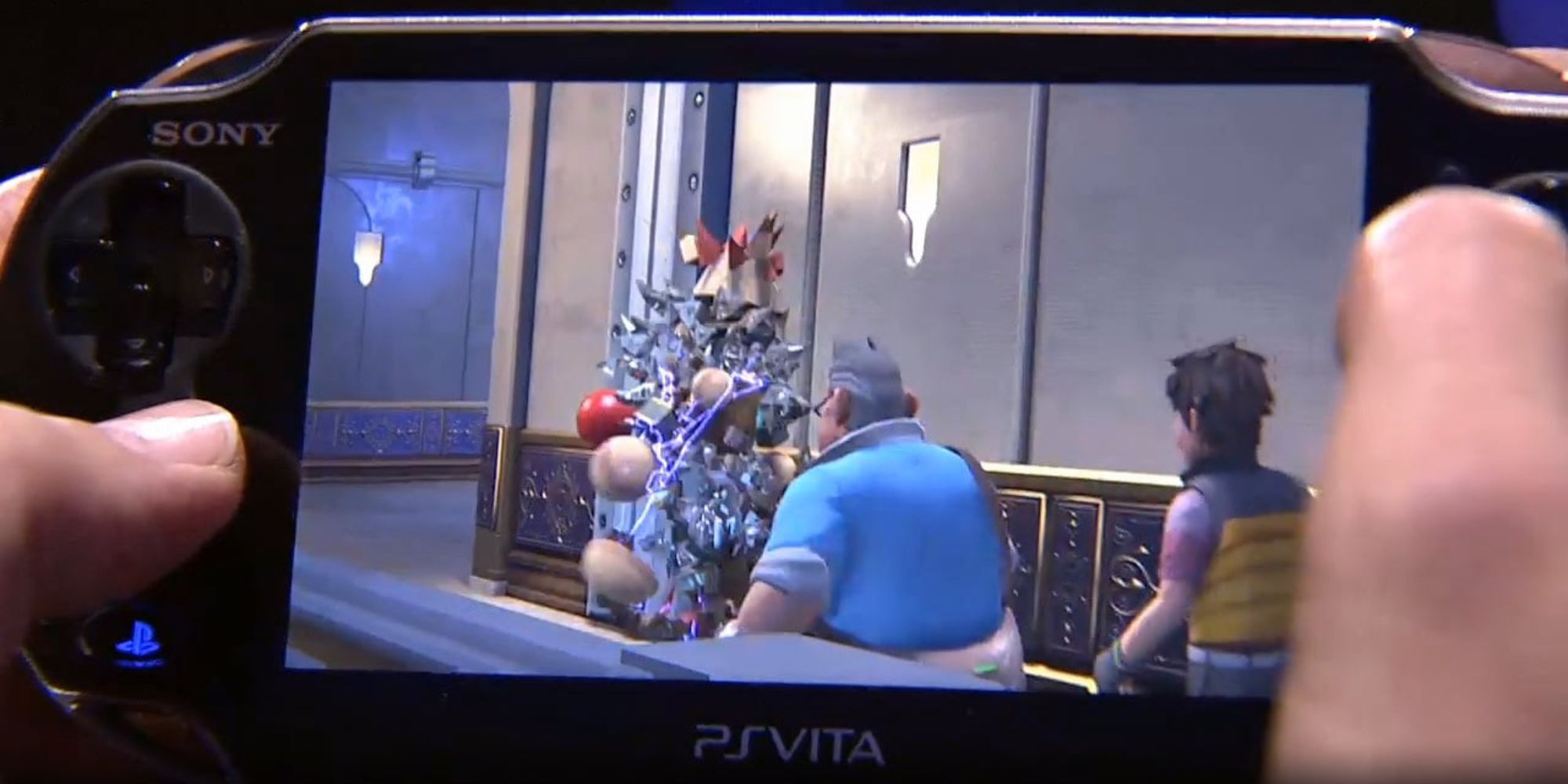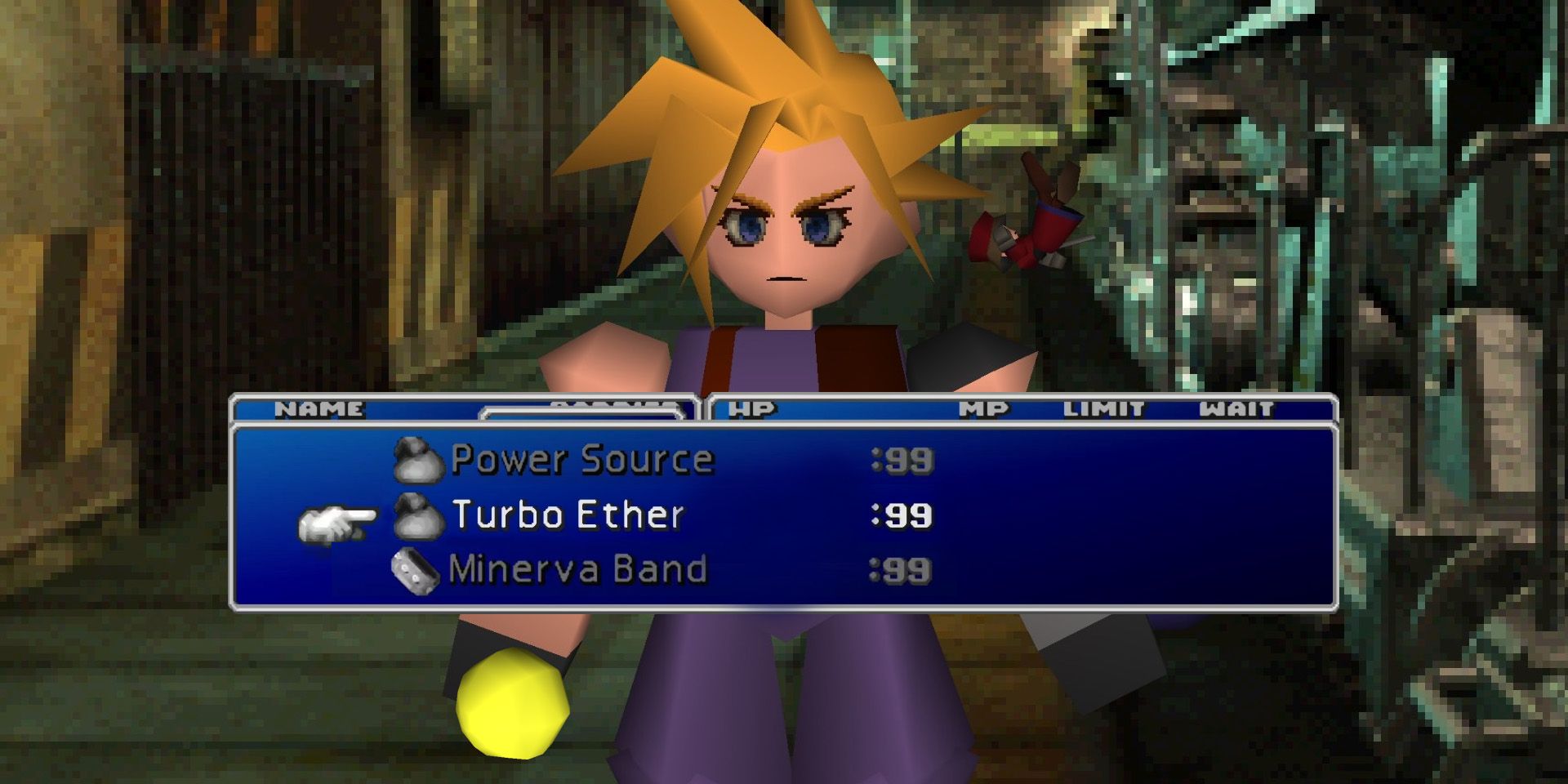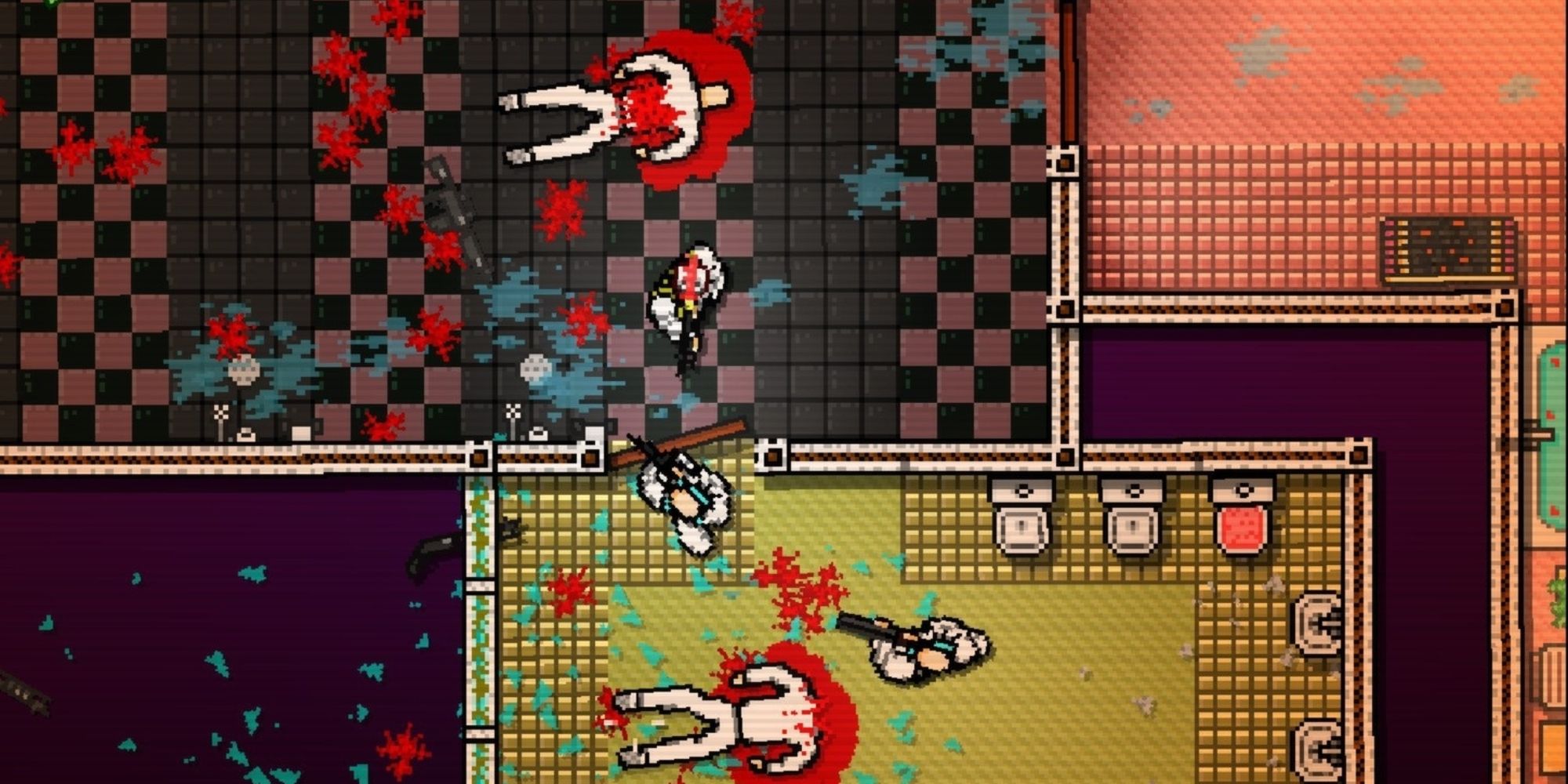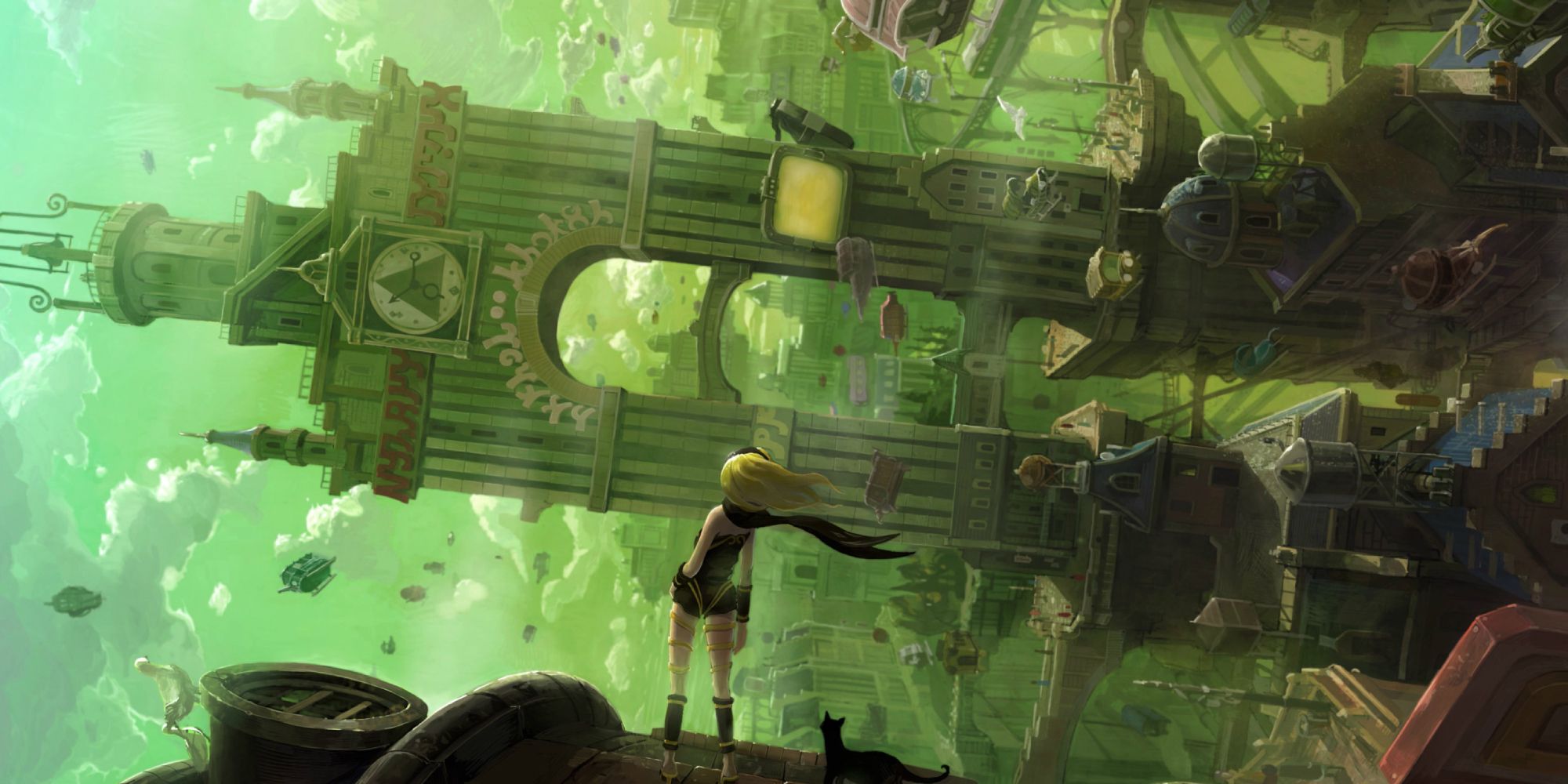The PlayStation Vita is notorious for being a failure upon its release. Released in 2012 to initially great fanfare from Sony, the system didn’t sell as well as expected and soon support was quietly dropped for the system. Eventually, the Vita would be formally discontinued in 2019, and no successor was ever announced.
Despite this, the Vita wasn’t as terrible as this fate makes it seem to be. While it may not have caught on initially, it was a system with real potential. From the hidden gems of its library to its technical prowess, there’s still a lot to love about the Vita, even to this day.
8 Screen Quality
One of the first and most impressive things about the PlayStation Vita is its screen. Sony implemented an OLED touch screen to the device, a screen that rivaled some of the best smartphones on the market at the time.
The result was one of the sharpest and clearest displays of any handheld. At the time it was a huge improvement over the tiny low-resolution screens of Nintendo’s 3DS, and even today it can give the Switch and Steam Deck a run for their money.
7 Comfortable Size
The Vita’s design was pleasing to hold compared to the 3DS at the time, and today the advantages of its design are even more apparent. Placing it next to the Switch and the Steam Deck reveals that it’s significantly smaller.
While modern handhelds are certainly portable, they can’t fit into someone’s pocket with ease. The Vita, meanwhile, can, as it’s not much bigger than a high-end smartphone. This extra level of portability is especially impressive considering how powerful it was.
6 Technical Specs
One of Sony’s major selling points for the Vita was how powerful a system it was. While it was handheld, Sony aimed for it to operate somewhere between the PSP and PS3 in terms of power.
It was generally successful at this too, as initial games for the system, including spin-offs in the Killzone, Resistance, and Uncharted franchises managed to maintain a similar (albeit slightly reduced) level of fidelity and performance to their PS3 counterparts. While Sony failed to take full advantage of this as the years went on, the Vita was capable of a lot that its contemporaries would have struggled with.
5 Cross-Buy
Taking advantage of the system’s power, several games were released across the Vita and home systems, initially with the PS3 and later with the PS4. These two versions were often identical, and even better, Sony implemented a system that allowed both versions to be accessible for the price of one.
The Cross-Buy system meant that any game available for both home systems and the Vita were always bought together. While many third-party indie titles used this extensively, Sony themselves also demonstrated how well it worked with the fourth Sly Cooper game and the God of War collection as just two examples. The ability to hop between versions, with a transferrable save file, was one of the Vita’s cooler features.
4 Remote Play
Not every game was able to run natively on the Vita, especially with more intensive PS4 titles. However, while Cross-Buy wasn’t suitable for these games, Remote Play gave a similar feel. Instead of a separate Vita version that would come with the home version, players could simply stream their home console to their Vita.
Obviously a little more limited due to the need to be close to the PS4, therefore the games couldn’t be played on a train this way. However, it’s hard not to see this as a precursor to the hybrid approach of the Switch. It was a feature ahead of its time.
3 PS1 Classics Library
One of the great features of the Vita was its ability to emulate old PS1 games natively. While Sony had already included the PS1 Classics library for PS3, the Vita allowed players to play classics like Metal Gear Solid and Final Fantasy 7 on the go.
While the Vita’s selection of native games was lacking in places, this feature expanded that library significantly. Any game in the PS1 Classics library was playable, whether it was previously bought on PS3 or through the Vita’s own store, bringing a shot of nostalgia to anyone who’d been with PlayStation since the beginning.
2 Indies Loved It
Today, the Switch is known as the haven for smaller-scale indie titles. However, it’s merely building on what the Vita had already brought to the table. Even when official support for the Vita died down, the indie scene thrived. Titles like Hotline Miami made a home for themselves on the system, and a community built around it.
It’s easy to see how this happened too. The smaller-scale projects produced by indie studios did well on a system that allowed them to be played in shorter bursts better than a home system. However, while many games had to be drastically reworked for the 3DS’s much less powerful specs or a new control system had to be devised for mobile, the Vita didn’t need any of this, making it an easy system for smaller teams to work with.
1 Unique Exclusives
While the Vita-exclusive library wasn’t large, two games developed specifically for the hardware stand out among some of the more interesting IPs that PlayStation has under its belt, and often go underappreciated due to their start on the system.
Gravity Rush was an open-world title from Silent Hill co-creator Keiichiro Toyama starring a girl named Kat who had the power to manipulate gravity, complete with a mind-bending story that went to some strange places. Meanwhile, Tearaway was an adorable title from LittleBigPlanet developers Media Molecule about a playful papercraft world that showed off why that team is one of the more joyful teams in gaming.

